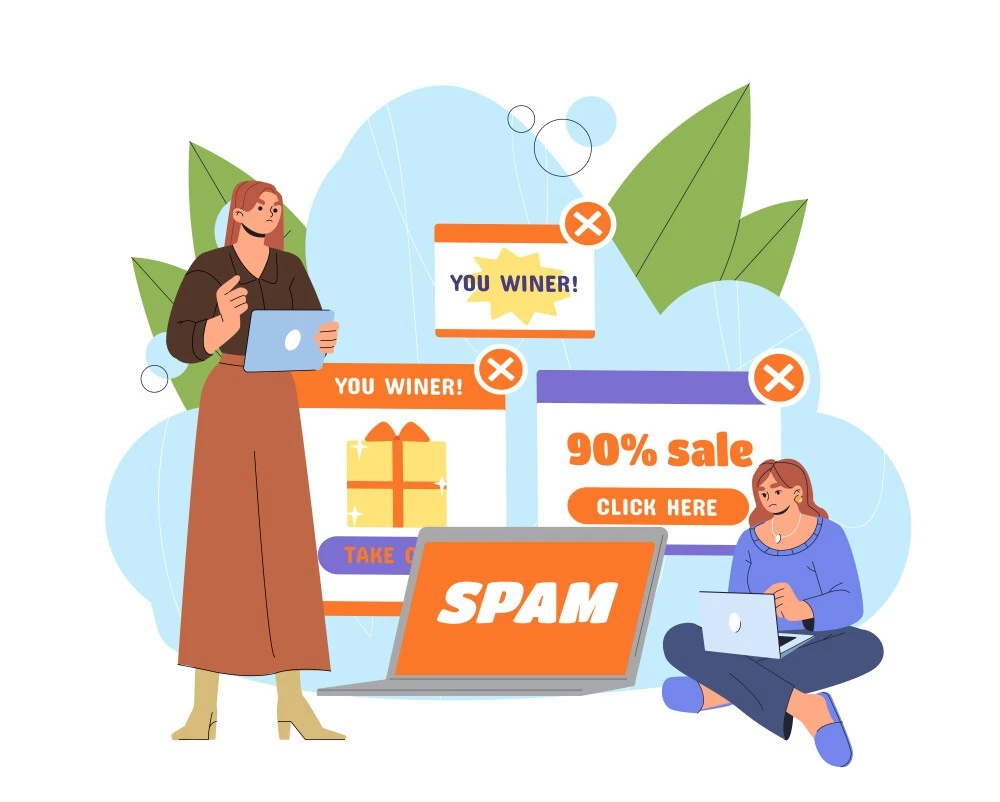The Business Impact of Poor Inbox Placement
Email marketing remains one of the most effective digital communication channels, offering exceptional return on investment when properly executed. However, implementing email deliverability best practices is crucial because when your carefully crafted messages fail to reach the inbox, the consequences can be severe. Industry research indicates that deliverability challenges annually cost organizations millions in unrealized revenue opportunities, with each diverted message representing lost engagement and conversion potential.
Understanding Modern Email Filtering Systems
Email service providers employ sophisticated filtering mechanisms designed to protect users from unwanted communications. Understanding these systems provides the foundation for developing effective email deliverability best practices that ensure message delivery.
How Modern Spam Detection Works
Modern filtering systems evaluate multiple factors when determining message placement:
- Sender authentication status
- Historical reputation metrics
- Message content quality indicators
- Recipient engagement patterns
- Technical configuration compliance
Unlike earlier generations of filters that primarily utilized keyword analysis, contemporary systems leverage advanced machine learning algorithms capable of identifying problematic patterns across millions of messages.
Critical Factors Affecting Message Delivery
1. Building Strong Sender Reputation
Your sender reputation functions as a digital trust indicator, calculated based on numerous factors including:
- Historical bounce rate percentages
- Recipient complaint frequency
- IP address reputation status
- Domain sending history
- Authentication protocol implementation
Email service providers maintain comprehensive sender profiles that influence delivery decisions across their entire user ecosystem.
2. Implementing Authentication Protocols
The absence of proper technical authentication creates significant vulnerabilities in your sending infrastructure. Without established verification mechanisms (SPF, DKIM, and DMARC), receiving servers cannot conclusively validate your identity, increasing the probability of spam folder placement.
3. Optimizing Recipient Engagement
Contemporary filtering algorithms closely monitor how recipients interact with your communications. Consistently low open rates, minimal click engagement, or frequent spam reports signal to providers that your content lacks recipient value, negatively impacting future delivery prospects.
4. Creating Deliverable Content
Specific content elements frequently trigger spam classification:
- Excessive capitalization patterns
- Misleading or incongruent subject lines
- Disproportionate image-to-text ratios
- Unusual link density or placement
- Known trigger phrases associated with deceptive campaigns
5. Maintaining Consistent Sending Patterns
Abrupt volume fluctuations or inconsistent sending schedules frequently activate protective filtering mechanisms. Similarly, maintaining outdated contact lists containing invalid addresses substantially damages deliverability metrics.
Email Deliverability Best Practices for Maximum Inbox Placement
Establish and Maintain Strong Sender Reputation
Implement methodical IP and domain warm-up procedures when establishing new sending infrastructure. Begin with controlled message volumes to engaged recipients before gradually expanding distribution. This systematic approach builds essential credibility with receiving systems.
Implementation strategy:
- Start with your most engaged subscriber segments
- Increase daily volume by no more than 25-30% per sending cycle
- Monitor bounce and complaint rates closely during the expansion period
- Maintain consistent sending patterns once established
Deploy Comprehensive Technical Authentication
Implement all three essential authentication protocols to establish sender legitimacy:
SPF (Sender Policy Framework): Create a comprehensive DNS record authorizing specific mail servers to send messages on behalf of your domain. This verification layer prevents unauthorized sending while establishing basic domain authenticity.
DKIM (DomainKeys Identified Mail): Apply cryptographic signatures to outgoing messages, enabling receiving servers to verify content integrity. This protocol ensures message content remains unaltered during transmission.
DMARC (Domain-based Message Authentication, Reporting & Conformance): Establish explicit handling instructions for authentication failures while enabling reporting capabilities. This framework provides visibility into potential authentication issues while protecting your domain from unauthorized use.
Optimize Message Content for Inbox Delivery
Create communications that balance engagement objectives with technical requirements:
- Maintain text-to-image ratios of at least 60:40
- Ensure responsive design for mobile rendering
- Implement properly formatted HTML structure
- Develop relevant, value-focused subject lines
- Include clear, one-click unsubscribe mechanisms
- Avoid excessive links or attachments
- Test content against primary spam filters before deployment
Implement Strategic List Management
Regularly maintain contact list hygiene through automated and manual processes:
- Remove permanently bounced addresses immediately
- Implement sunset policies for chronically unengaged recipients
- Segment audiences based on engagement recency and frequency
- Develop re-engagement campaigns for declining interest segments
- Validate new addresses through double opt-in procedures
- Honor unsubscribe requests promptly
Establish Monitoring Frameworks
Implement proactive monitoring systems to identify potential issues before they impact campaign performance:
- Utilize seed-based inbox placement testing
- Monitor authentication failure reports through DMARC
- Track spam complaint rates across major providers
- Analyze engagement metrics by domain and provider
- Establish baseline performance metrics and deviation alerts
Advanced Email Deliverability Techniques for 2025
AI-Powered Send Optimization
Emerging machine learning systems now enable sophisticated send-time optimization at the individual recipient level. These systems analyze historical engagement patterns to determine optimal delivery windows, significantly improving open probability.
Interactive Content Elements
Major email clients increasingly support interactive components that drive engagement metrics:
- In-email appointment scheduling
- Survey and feedback collection
- Product browsing carousels
- Video content integration
- Progressive information disclosure elements
Proactive Reputation Management
Professional monitoring services provide early identification of potential reputation challenges across major receiving systems. These services enable proactive remediation before deliverability declines significantly impact campaign performance.
The Strategic Value of Email Deliverability Best Practices
Email deliverability best practices represent far more than technical considerations—they constitute fundamental business assets directly impacting customer relationships and revenue generation. By implementing these practices, organizations can ensure consistent communication delivery, maximizing the effectiveness and return on investment of their email marketing initiatives.
Transform your approach to email delivery today and establish reliable communication channels that consistently reach your intended audience through proven email deliverability best practices.

